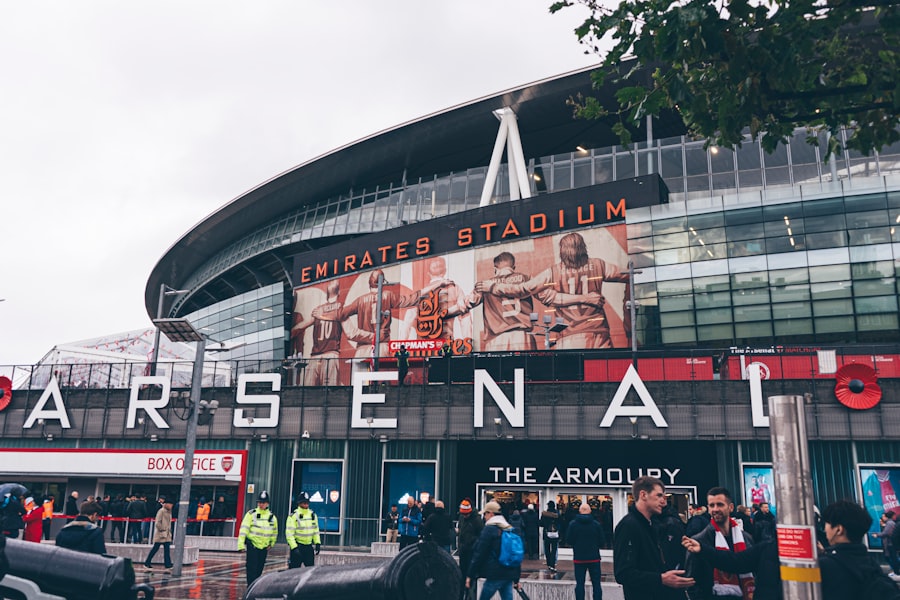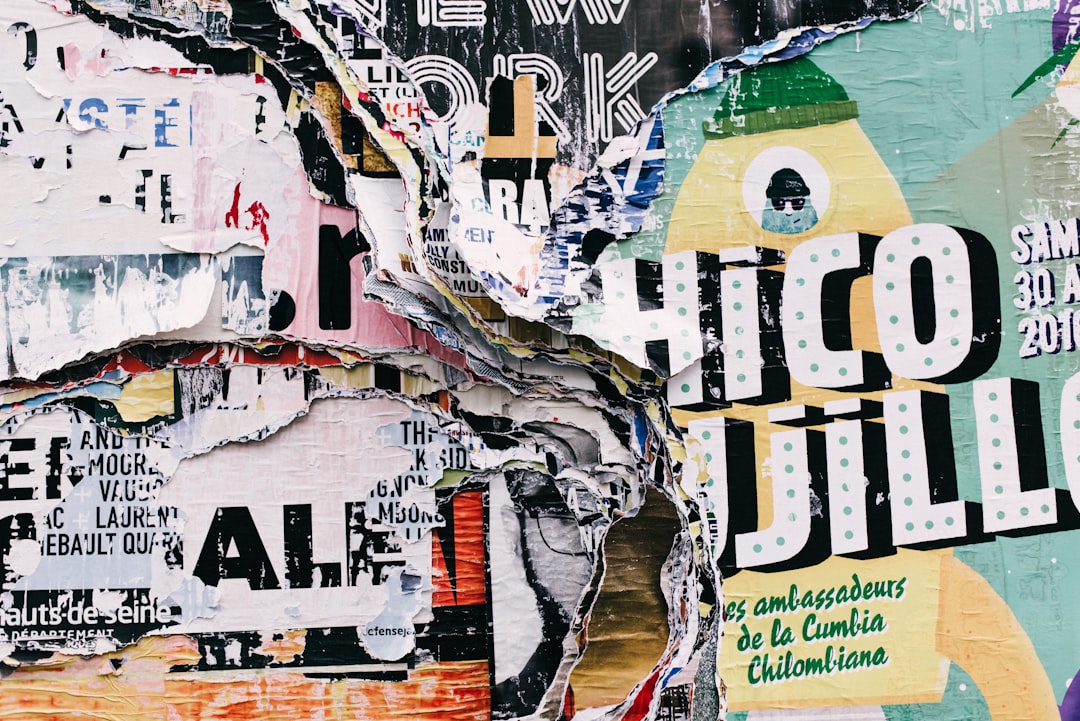When you think of iconic monsters in cinema, Godzilla undoubtedly comes to mind. The 2014 reboot of this legendary creature marked a significant return to the big screen, reigniting interest in a franchise that has spanned decades. This film, directed by Gareth Edwards, not only reintroduced Godzilla to a new generation but also paid homage to the rich history of the character.
You may recall the anticipation that surrounded its release, as fans eagerly awaited a fresh take on a beloved classic. The film’s premise revolves around the awakening of Godzilla, who emerges from the depths of the ocean to confront other monstrous threats, ultimately leading to a battle for humanity’s survival. The 2014 film serves as a pivotal moment in the Godzilla franchise, bridging the gap between the original Japanese films and modern Hollywood blockbusters.
It captures the essence of what made Godzilla a cultural phenomenon while infusing it with contemporary themes and visual storytelling techniques. As you delve into this cinematic experience, you’ll find that it’s not just about giant monsters wreaking havoc; it’s also a reflection on humanity’s relationship with nature and the consequences of our actions. This duality is what makes Godzilla 2014 a compelling watch, inviting both long-time fans and newcomers to engage with its narrative.
Key Takeaways
- Godzilla 2014 is a reboot of the classic monster movie franchise, bringing the iconic creature back to the big screen.
- The appeal of the reboot lies in its modernized storytelling, updated visual effects, and a fresh take on the classic story.
- The film modernizes the classic Godzilla story by incorporating contemporary themes and a more realistic approach to the monster’s origins and impact on the world.
- The casting choices and character development in the film add depth and emotional resonance to the story, making it more relatable to audiences.
- The visual effects and cinematography in Godzilla 2014 are stunning, bringing the iconic monster to life in a way that captivates and immerses viewers.
The Appeal of the Reboot
The appeal of the 2014 reboot lies in its ability to blend nostalgia with innovation. For those who grew up watching the original Godzilla films, there’s an undeniable thrill in seeing the creature brought back to life with modern technology and storytelling techniques. You might find yourself reminiscing about the campy charm of earlier films while simultaneously appreciating the serious tone and depth that this reboot offers.
The filmmakers understood that they had a legacy to uphold, and they approached it with respect and creativity, ensuring that both old and new audiences could find something to enjoy. Moreover, the film’s marketing campaign played a crucial role in building excitement.
This strategy created an air of mystery around Godzilla’s return, drawing viewers in and making them eager to experience the film firsthand. As you watched those trailers, you likely felt a surge of adrenaline, anticipating the epic battles and stunning visuals that awaited you in theaters. The combination of nostalgia and fresh storytelling made Godzilla 2014 not just a movie but an event that fans were excited to be part of.
Modernizing the Classic Story

One of the most significant achievements of Godzilla 2014 is its ability to modernize a classic story while retaining its core themes. The film addresses contemporary issues such as environmental destruction and the consequences of human hubris, making it relevant to today’s audience. You may notice how the narrative weaves in elements of scientific exploration and military intervention, reflecting real-world concerns about nuclear power and its potential dangers.
This thoughtful approach elevates the story beyond mere monster mayhem, inviting viewers to ponder deeper questions about humanity’s place in the world. In addition to thematic updates, the film also reimagines Godzilla’s role as a protector rather than just a destructive force. This shift adds complexity to his character, allowing you to see him as a guardian of nature rather than merely a monster wreaking havoc on cities.
The film presents Godzilla as a necessary force in maintaining balance within the ecosystem, which resonates with audiences who are increasingly aware of environmental issues. By modernizing the classic story in this way, Godzilla 2014 not only honors its roots but also provides a fresh perspective that encourages reflection on our relationship with nature.
Casting Choices and Character Development
| Character | Actor/Actress | Performance |
|---|---|---|
| Harry Potter | Daniel Radcliffe | Strong portrayal of the iconic character |
| Hermione Granger | Emma Watson | Brilliant performance with great character development |
| Ron Weasley | Rupert Grint | Charming and endearing portrayal |
| Severus Snape | Alan Rickman | Memorable and captivating performance |
The casting choices in Godzilla 2014 played a pivotal role in grounding the film’s narrative and enhancing its emotional impact. You may recognize Aaron Taylor-Johnson as Ford Brody, a soldier whose personal journey intertwines with the larger conflict between humans and monsters. His character serves as an anchor for the audience, providing a relatable perspective amidst the chaos.
The filmmakers made a conscious decision to focus on human characters and their struggles, allowing you to connect with their experiences while witnessing the colossal battles unfold. Moreover, the performances of seasoned actors like Bryan Cranston and Ken Watanabe add depth to the film’s narrative. Cranston’s portrayal of Joe Brody brings an emotional weight to the story, as he grapples with loss and seeks answers about the mysterious events surrounding Godzilla’s awakening.
Watanabe’s character serves as a bridge between science and mythology, emphasizing the importance of understanding nature rather than merely trying to control it. These casting choices not only enhance character development but also elevate the film’s overall narrative, making it more than just a spectacle of destruction.
Visual Effects and Cinematography
The visual effects and cinematography in Godzilla 2014 are nothing short of breathtaking. As you watch the film, you’ll be captivated by the stunning imagery that brings these colossal creatures to life. The filmmakers employed cutting-edge technology to create realistic monster designs and breathtaking destruction sequences that immerse you in the action.
The attention to detail is evident in every frame, from the intricate textures of Godzilla’s scales to the devastation left in his wake. Cinematographer Seamus McGarvey expertly captures both intimate moments and grand spectacles, allowing you to feel the scale of Godzilla’s presence while also connecting with the human characters’ experiences. The use of lighting and shadow adds an atmospheric quality that enhances tension throughout the film.
You might find yourself holding your breath during pivotal scenes, as the cinematography draws you into the heart of the action. This combination of visual effects and cinematography not only showcases Godzilla’s power but also reinforces the emotional stakes at play.
Marketing and Promotion

The marketing campaign for Godzilla 2014 was meticulously crafted to generate buzz and excitement leading up to its release. You may recall how teasers were strategically released online, each one building anticipation without giving away too much of the plot. The use of social media platforms allowed fans to engage with promotional content, creating a sense of community among those eagerly awaiting Godzilla’s return.
This approach not only captured attention but also fostered discussions about what fans hoped to see in the film. Additionally, promotional events and partnerships further amplified interest in Godzilla 2014. Collaborations with various brands helped create immersive experiences for fans, allowing them to interact with elements from the film before its release.
You might have seen merchandise featuring Godzilla or participated in events that celebrated his legacy. This comprehensive marketing strategy ensured that when opening weekend arrived, audiences were not just ready—they were excited to witness this monumental cinematic event.
Connecting with a New Generation
Godzilla 2014 successfully connects with a new generation of viewers by blending nostalgia with contemporary storytelling techniques. For younger audiences who may not be familiar with the original films, this reboot serves as an accessible entry point into the franchise. You might find yourself drawn into Godzilla’s world through relatable characters and modern themes that resonate with your own experiences.
The film’s ability to engage new fans while honoring its legacy is a testament to its thoughtful approach. Moreover, the film’s exploration of environmental themes speaks directly to today’s youth, who are increasingly concerned about climate change and ecological preservation. By framing Godzilla as a force of nature rather than merely a destructive monster, the film encourages viewers to reflect on their own impact on the planet.
As you watch Godzilla 2014 unfold, you may find yourself inspired not only by its thrilling action but also by its underlying messages about humanity’s relationship with nature.
Impact on the Franchise
The impact of Godzilla 2014 on the franchise cannot be overstated. It revitalized interest in one of cinema’s most enduring icons and set the stage for future installments within what would become known as the MonsterVerse. You may have noticed how this reboot paved the way for subsequent films featuring other legendary creatures like King Kong, creating an interconnected universe that appeals to both long-time fans and newcomers alike.
The success of Godzilla 2014 demonstrated that there was still a hunger for monster movies when executed thoughtfully. Furthermore, this reboot has influenced how future films approach storytelling within established franchises. By prioritizing character development and thematic depth alongside spectacular visuals, filmmakers have learned valuable lessons from Godzilla 2014’s success.
You might see echoes of its approach in other recent blockbusters that strive for emotional resonance while delivering thrilling action sequences. As you reflect on Godzilla 2014’s legacy, it’s clear that it has not only redefined what audiences can expect from monster movies but has also solidified Godzilla’s place in contemporary pop culture for years to come.
The 2014 Godzilla reboot not only pleased longtime fans of the franchise but also brought in a new wave of followers. According to Kaiju News, the film’s success sparked a renewed interest in the iconic monster, attracting a younger audience who may not have been familiar with Godzilla before. This surge in popularity can also be attributed to the stellar cast and crew involved in the production, as detailed in another article by Kaiju News. Additionally, fans looking to recreate their favorite kaiju can follow a step-by-step guide provided by
